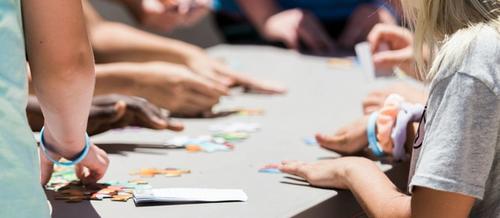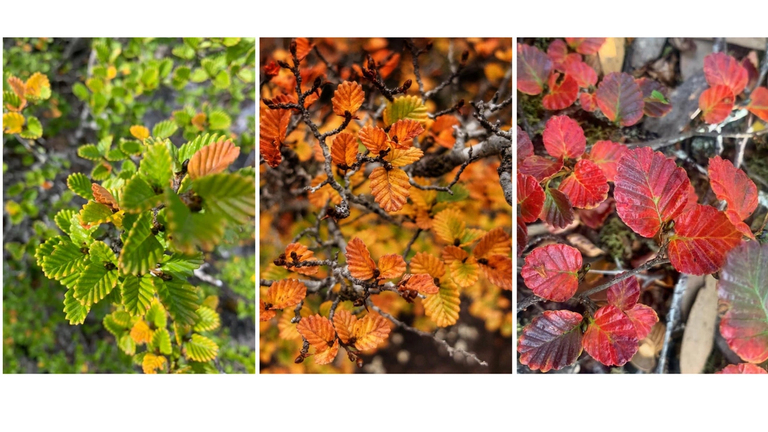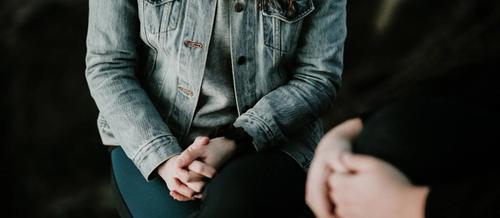
Creative embodied group supervision for therapists, clinicians and service providers
Join a small group of peers to learn, explore, connect, express and reflect through shared discussion, music and creative arts experiences.

We are very lucky here in Lutruwita Tasmania, to be able to experience the kaleidoscope and transformation of the 'turning of the fagus': the gorgeous. autumnal colour shift of the local deciduous myrtle beech, the 'nothofagus gunnii'. Green throughout the year, the cold of autumn brings whole valleys of the 'fagus' into brilliant shades of greens, golds, burnt oranges and russet.
Autumn is my favourite time of the year.
For me, autumn brings a symphony of colour and a feast for the senses:
It is a sensory delight!
In addition to this comes the darkness earlier in the evening, and with it, the drop in temperature, signalling a time for comfort, cosiness and space for reflection.
A time to go inward.
In many ways the feel and symbolism of autumn have informed the creation of Tempo:
In an ideal world, autumn is a time of rest and reflection.
However, for many of us, it is hard to switch off from our left-brained hamster-wheel of
This is even more the case if we are struggling with our mental health or are stressed: we become far more rigid and controlling when we are stressed?
In his ground-breaking book, ‘The Master & his Emissary’, Iain McGilchrist, outlines how the two hemispheres of the brain see the world so differently:
Both are essential.
Yet, within our Western culture, we have become increasingly focused on the left-brained detail, with the call to order, control, understand and be logical. Whilst the more right-brained focus on being open, relational, connected and present, has become somehow less important.
We have less time, experience of and practice with
We have less ease with just being.
However, it is in connecting with these parts of ourselves, that are often out of our conscious awareness, that we can be present, gain insight and feel safer in ourselves and in relation to others.
There is good reason that information and culture have been passed on through stories, dance, rhythm and song over the ages. These practices allow us to remember the detail whilst also being immersed in the mystery. That is, they incorporate both the detail of the conscious, left brain and the wonder and big picture of the unconscious right brain.
Often when stressed, we are so caught up in the minutiae of our problems that we “can’t see the wood for the trees”. Through music listening, drawing, bringing awareness to your sensations, movement, connecting with your breath and entering into states of deep relaxation, we are able to move out of our 'thinking brain', the cortex, so that we can move into our sensations and feelings to access parts of us that can lead us towards our own knowing of what we need.
Tempo's analytical evidence-based approach is balanced by processes that invite you to delve below conscious thought, and into the bigger picture of your sensations, your body and your feelings.
So, alongside more traditional talk-based ways of learning and understanding ourselves, Tempo offers opportunities for you to explore your supports and needs through:
These experiences offer creative opportunities to consider yourself in different ways that are outside of your daily conceptualisation of yourself.
There is a focus on the process, that is, the act of engaging with yourself in relation to these experiences, rather than the 'product'. So, it is not about making a great work of art, or finding the perfect strategy (thought these things are also gratifying!).
Focusing on the process means:
Focusing on the process allows you to be a human being rather than a human doing.


Creative embodied group supervision for therapists, clinicians and service providers
Join a small group of peers to learn, explore, connect, express and reflect through shared discussion, music and creative arts experiences.

Tailored support to meet your needs and build inner resources for positive change.